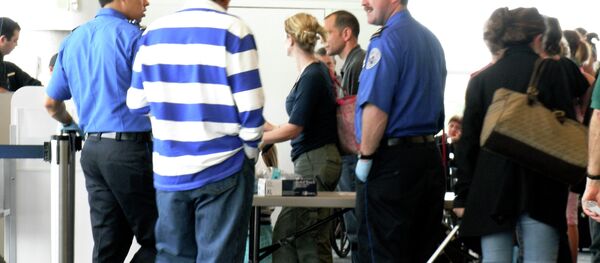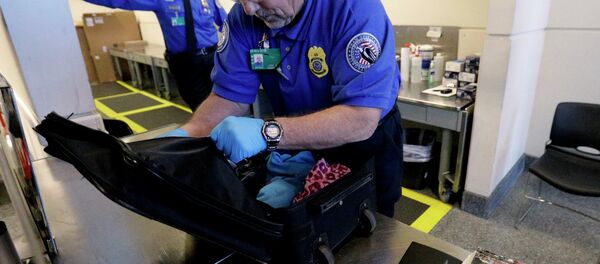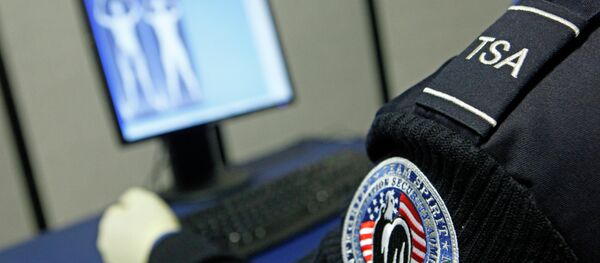Passengers who don’t speak English. This is the first thing TSA’s behavior detection officers look for when identifying potential terrorists. While this could, indeed, be one indicator, there may still be terrorists who are fluent in English. And of course, conversely, there are billions of non-English speakers who are, in no way, radical extremists
This is one reason why the TSA’s Screening of Passengers by Observation Techniques (SPOT) program is so controversial. Identifying a small group of people by vast generalizations can ensnare a lot of unintended targets, and essentially amounts to profiling.
And according to a new document obtained by the Intercept, while the SPOT program’s controversial policies have led to the capture few – if any – terrorists, it has proven very effective in allowing the US government to detain immigrants.
The document surveyed the TSA’s operations during a five week period in 2007, at a major international airport. During that time, only 4% of passengers referred for secondary screening were arrested. Of those arrested, 90% were in relation to illegal immigration. Not terrorism.
"If you’re looking for people who exhibit multiple criteria on the checklist to reach the point of secondary screening or law enforcement referral, you’re just looking for illegal immigrants," an anonymous aviation security official said.
The "behaviors" cited by TSA officers seem to support this idea. "Passenger stated he was nervous due to his illegal status," one referral read. "Passenger stated he was nervous due to his illegal status," read another. But these are indicators which seem deliberately geared toward immigration policy, not counterterrorism. And many officers interviewed by the Intercept seemed to back up this interpretation of the statistics.
One former officer described zeroing in on a "group of Latino guys and gals," who were wearing new clothes. "They all looked like they were totally lost and milling around like zombies in fresh clothes and haircuts," he said.
Others familiar with the program have noted its inherent flaws.
"The checklist misses so many signs of potential danger and really just shows signs of a nervous traveler," a current TSA employee told the Intercept.
Another homeland security official added that the SPOT program is so ineffective at spotting actual terrorists that most TSA officers "wouldn’t have stopped bin Laden if he walked through their line."
The TSA suffered heavy criticism last month when specific details about its behavior checklist became public. Officers are taught to watch out for exaggerated yawning, whistling, or a freshly shaven face, among things.
Despite the growing list of invasive security measures, the TSA seems no less confident in its ability to protect passengers. Another document from 2014, also obtained by the Intercept, showed that the agency’s own investigation found that it would be unlikely to spot what the FBI called the “greatest potential incendiary threat to aviation” – explosive, easily manufactured Thermite.
The American Civil Liberties Union has also criticized the TSA for its behavioral detection methods.
"Although the TSA has been using behavior detection techniques in some form since 2003, there is no known instance in which these techniques were responsible for apprehending someone who posed a security threat," an ACLU lawsuit reads. "However, the public knows little about the scope, effectiveness or purported scientific basis for these programs."





